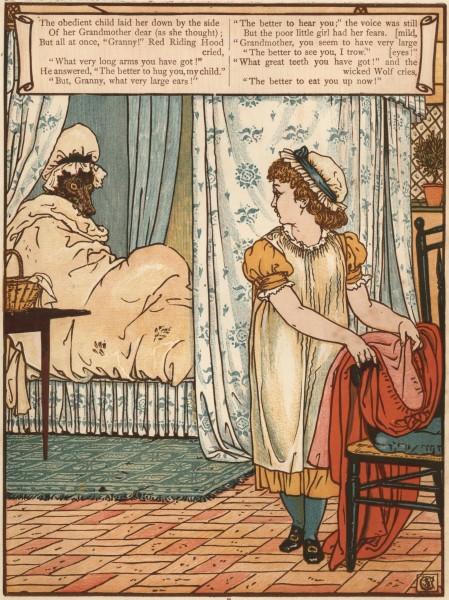I was going to save this post for a little later, but there are a whole slew of pictures from filming
Into the Woods that have just come out on
Broadwayworld.com.
Many are of Cinderella's wedding with Prince, Cinderella, Stepmother and a non-Lucy-Punch Stepsister action:
Cinderella's dress is beautiful!! And Chris Pine definitely looks charming, if maybe not sincere.
And then we get my beloved James Corden as the Baker and Emily Blunt as a preggers Baker's Wife:
This actually brings home something I was going to write about. I was jarred when I saw this tweet from Anna Kendrick a few weeks ago: "Voice lessons, horse riding lessons, corset fittings. It’s like I’m in finishing school except I’ll be back in sweats by Xmas #IntoTheWoods."
I saw "horse riding lessons" and the weight of Into the Woods as a movie really hit home. For me, much of the charm of Into the Woods is the style, the obviously fake cow that eats a shoe, the flat cut out trees that are layered, the strong conceit that we are watching a fairy tale story being told by a storyteller, the Narrator. The idea that Cinderella would be riding a real horse, through presumably a real forest was difficult to swallow.
It brings up the question: how much of what we love about Into the Woods is the content, and how much of it is the form? Can it translate to real trees and real horses and real cows, or will we loose a lot of what we loved about this complex story told in this deceptively simple and homespun environment?
Along similar lines, I have noticed that they do not have a Narrator listed in the IMDB credits. They do have a Baker's Father, but no Narrator. This may mean they have not cast the role yet. It could mean that, like the film of Sweeney Todd, they chose to get rid of the highly theatrical narrative structure that made the play special. You could certainly tell the content of Into the Woods without the Narrator, all you would need to do is cut one joke. But you would loose the style.
In addition, I feel that the style and the content are not mutually exclusive. The Narrator sets up your typical fairy tale with his narration, which makes it all the more astonishing when the characters decided to break out of their roles, when the story becomes all too real, when stories begin to have weight and truth that you never realized before: that "children will listen." If the story is told straight out, without the idea that you listening to someone tell you a familiar story, that you are entering into this "Once Upon a Time" world where you know all the comforting rhythms, we will lose much of the weight of Act II.
What do you think? Do the images so far, including the one below, represent what you loved about Into the Woods? I must admit, they made me excited. Here's hoping that we do not loose the style, or the movie is able to create a new style that serves the form and the story.
Rapunzel's Tower Under Construction

















